The Aviation Traders ATL-98 Carvair was one of the most unusual-looking airliners of the twentieth century. But what purpose did this aircraft serve?
So, did you think the 747 was the first airliner to have a hump? Well, it wasn’t. We’re not saying that Boeing copied the ATL-98 Carvair, obviously. But actually, both the Carvair AND the 747 have that hump for the same reason. However, they don’t really use it the same way.
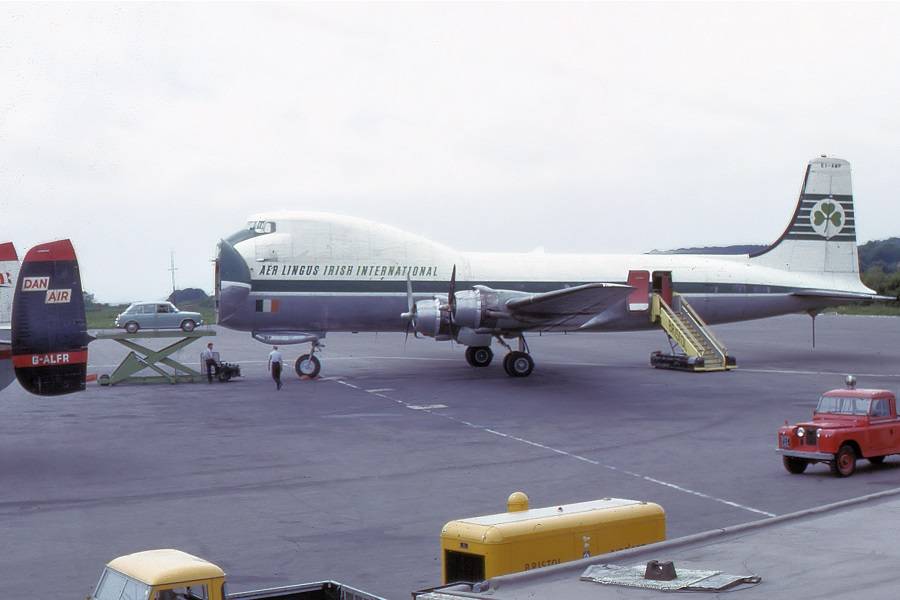
Before we look more closely into the ATL-98 Carvair, we need to look at an older aircraft. This was the Bristol Type 170 Freighter – in a way, the REAL star in this story. This almost-forgotten aircraft came from a WWII requirement for a freighter, that could transport a British Army 3-ton truck. However it soon became obvious that the aircraft would not be ready before war’s end. So the Bristol Aeroplane Company decided to optimize it for civil operators instead.
The manufacturer made plans for versions with and without the front clamshell-style door. The aircraft was rather conventional, with non-retractable landing gear and a high-wing. The latter, in particular, looked out of place in the immediate post-war era. But the plane was quite effective in its role: short, relatively slow flights, with bulky loads. The high wing meant a relatively low ramp at the front, despite the tail-dragger layout. The plane was better than the ATL-98 Carvair, in this sense.
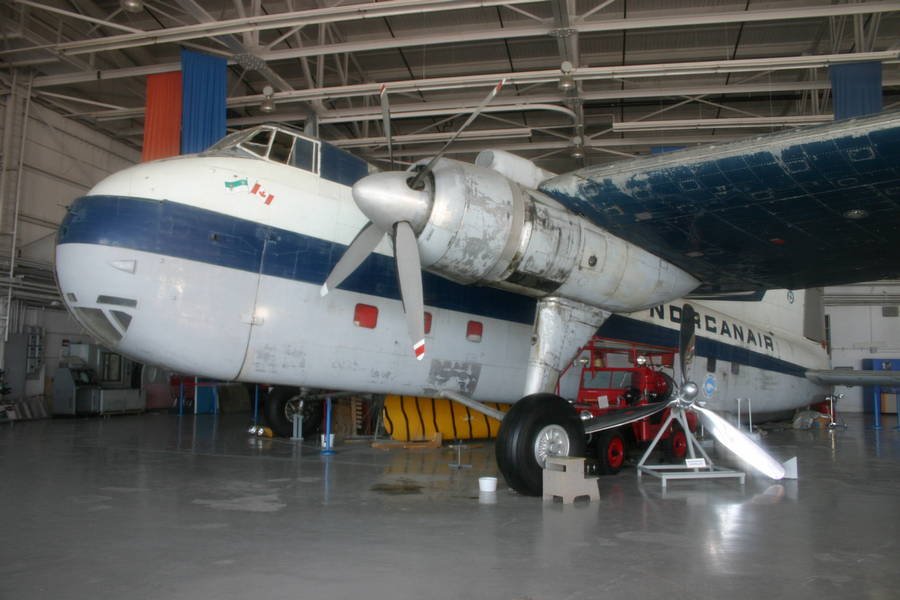
Carrying Cars? Why Not Their Passengers, too?
The Bristol 170 was successful as a freighter, getting orders from both civil and military operators. But with both freighter and passenger versions, someone had an idea: why not carry both? This someone was Griffith James Powell, managing director of Silver City Airways. From 1948, his airline started flights between Britain and France, carrying holidaymakers. AND their cars!
This is the detail that many people miss today about these planes. The Bristol 170 and the ATL-98 Carvair both had elevated cockpits, to allow the loading of cars from the front. However their operators didn’t just use these planes as freighters. They were ferrying cars in the front, and passengers in the rear, between Britain, and continental Europe. In 1954, Silver City’s Bristol 170s were averaging eight cross-channel sectors per day, every day!
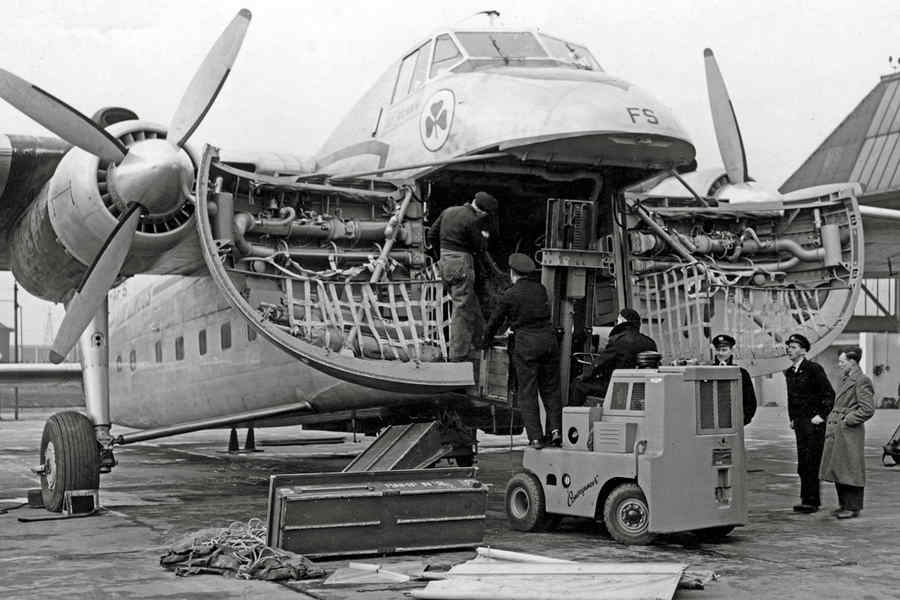
The last of the Bristol 170s left the factory in 1958. Even before then, many were thinking about a larger replacement, that would eventually lead to the ATL-98 Carvair. The problem with the Bristol was that it could only carry three cars, at best (i.e. the latest, extended version). So if even one car owner cancelled, the flight could become unprofitable. Even in the rapid-paced cross-Channel routes, this was becoming a problem.
Meanwhile, the more conventional airlines out there were busy solving a different problem. They were replacing old piston-engined airliners with jets! This meant that there were many old, cheap aircraft around for sale, including Douglas DC-4s. And USAF and other air forces were getting rid of their C-54s, i.e. the military cargo variant of the DC-4.
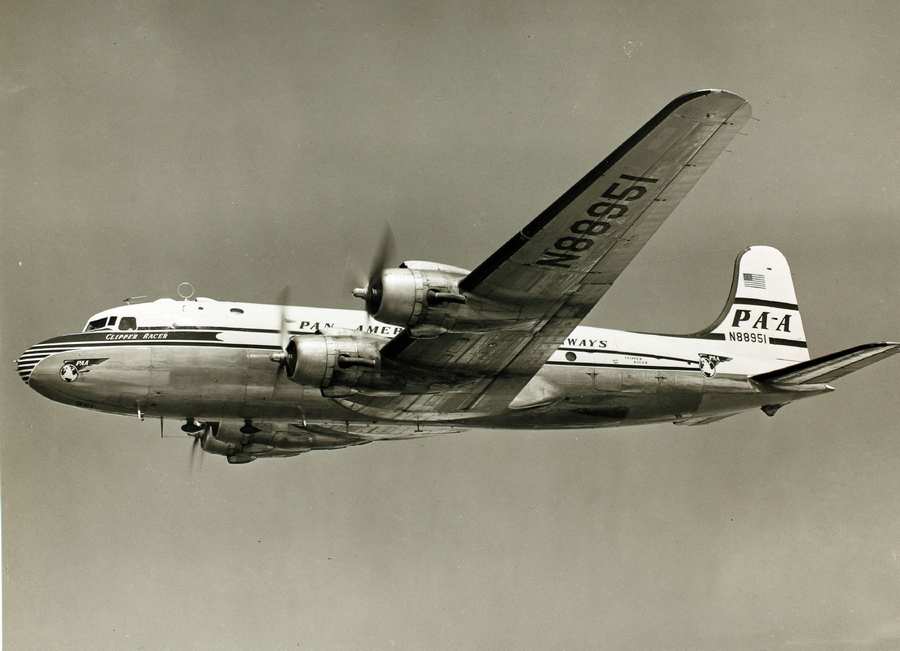
Supersizing The Concept: The ATL-98 Carvair
That’s what the ATL-98 Carvair is. If you look at the cockpit windows closely, you may notice the similarity to those of the DC-4/C-54. The conversion involved removing the nose section, replacing it with the ‘humped’ version, putting the cockpit out of the way. The vertical stabilizer and rudder were enlarged as well.
In total, there were 21 ATL-98 Carvairs, with all conversions taking place in Britain. The person behind the entire project was Freddie Laker (later Sir Frederick Alfred Laker), a famed aviation entrepreneur. He was the owner of Aviation Traders Limited (ATL).
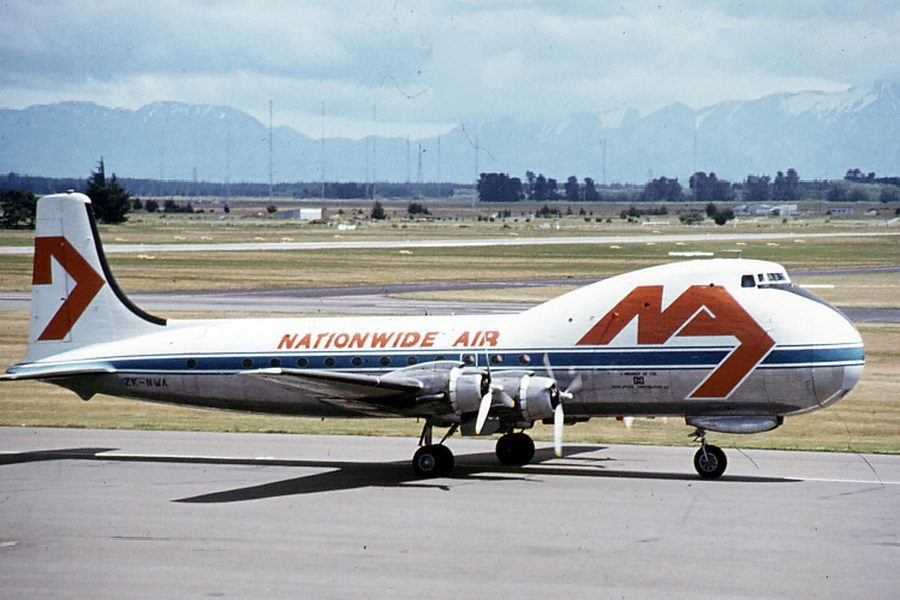
The cost of second-hand DC-4s was so low that the conversion itself was more expensive. All-in, a newly-converted ATL-98 Carvair would cost £3.1 million ($4.4 million) in today’s money. Some airlines didn’t even pay this much, because they provided their own DC-4s, for the conversion.
The ATL-98 Carvair (Car-Via-Air!) could carry five cars instead of three, also taking into account the larger sizes of newer cars. Operators could reconfigure it quickly, to carry fewer cars and more passengers, if they wanted. With no cars, it could still carry 85 passengers. In its hayday, the aircraft proved immensely popular, in the same cross-Channel route, as The Bristol 170.

ATL-98 Carvair Users, and Uses
Other notable airlines using these planes included Aer Lingus (between Britain and Ireland) and Anset-ANA in Australia. An ATL-98 Carvair even made a cameo appearance in a James Bond film, transporting Goldfinger’s Rolls-Royce!
Rising oil prices eventually made air-ferry car crossings less practical. But those 21 aircraft ended up seeing use all over the world. In addition to ferrying cars, they supported activities as diverse as the oil industry and the International Red Cross. They remained popular, in large part because maintaining them was quite easy. The ATL-98 Carvair’s donor, the DC-4, provided spares until well into the 21st century.
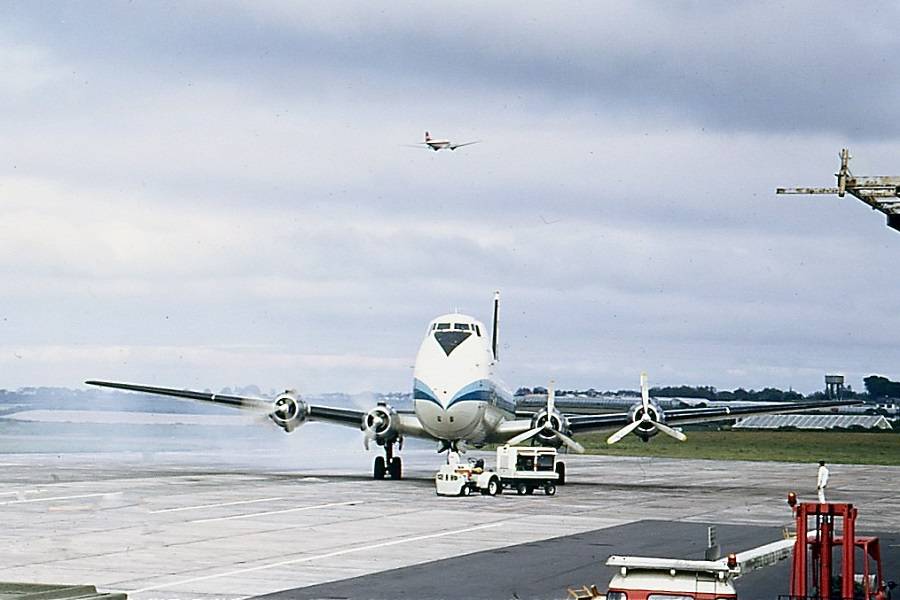
Sadly, while several of the planes still exist, none are airworthy. The last ATL-98 Carvair to fly was written-off after a crash-landing in 2007, in Alaska. Several are on display or out in the open. With DC-4/C-54 engines and parts still around, it’s a shame that even one isn’t flying with a museum!
But in any case, the Carvair is an impressive, quirky piece of aviation history. And maybe, just maybe, it may have inspired the 747…




3 comments
jay lord
Flew in the Carvair around 1970 Southampton to Ostend as a passenger only. Remember huge rectangular windows and leather armchairs for seats.
Alan Burton
Very good article on an a/c that was very formative in my aviation life. I grew up near Southend where the conversions were undertaken, and only maybe ten years later saw the first Pan Am 747 arrive at LHR, and thought, well that is a great evolution of my familiar airframe !!
Kathryn Archuleta
Fascinating!!